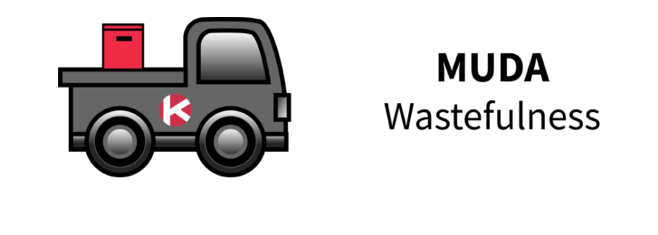MUDA = WASTE

The first waste of lean is Muda, which refers to any activity that doesn’t add value to your product or service. Muda can take many forms; these wastes are known as TIMWOODS The 8 wastes of lean.
Overproduction:
- Creating more products than you need, resulting in excess inventory and wasted resources.
Waiting:
- Any time that a product or process is idle, waiting for the next step to begin.
Transportation:
- Moving products or materials unnecessarily, resulting in wasted time and resources.
- Overprocessing: Doing more work than necessary to complete a task, resulting in wasted time and resources.
Inventory:
- Excess inventory that ties up capital and resources, and can lead to waste through damage or obsolescence.
Motion:
- Any unnecessary movement of people or equipment, resulting in wasted time and energy.
Defects:
- Any errors or omissions that require rework or scrap, resulting in wasted time and resources.
Overprocessing:
- Using more resources than necessary to produce a product.
Skills Unused talent:
- Not utilizing the skills and knowledge of employees to their full potential.
